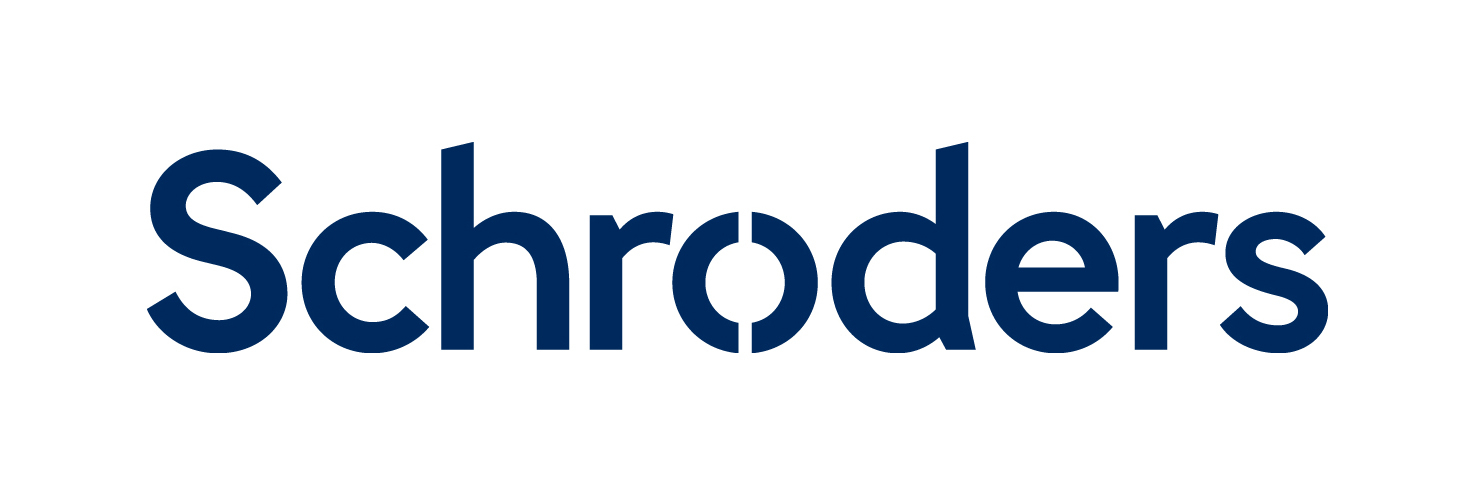
Schroder Global Multi-Asset Cautious Portfolio

The fund aims to provide capital growth and income by investing in a diversified range of assets and markets worldwide, with a target average volatility (a measure of how much the fund's returns may vary over a year) over a rolling five-year period of 4% per annum. The fund adopts a fettered approach by using Schroder’s own fundamental and systemic active solutions, alongside some passive positions, to build a cost-efficient portfolio for investors.
Our Opinion
Fund Managers
Fund Managers

Philip Chandler, Co-Manager Philip joined Schroders in 2003 and is Head of UK Multi-Asset & CIO, Schroder Investment Solutions. He has co-managed the Schroder Global Multi-Asset Portfolios since inception in 2017. He initially joined Schroders as a portfolio manager in the Fixed Income team, with responsibilities for global bonds, money markets and UK government bond portfolios. He transferred to the Multi-Asset team in 2009. Philip is a CFA Charterholder and holds a Degree in Philosophy, Politics and Economics from the University of Oxford.

Tara Fitzpatrick, Co-Manager Tara joined Schroders in 2014 and is a Multi-Asset Fund Manager. She manages assets on behalf of UK pension & wealth management clients and is co-manager for the Schroder Global Multi-Asset Portfolios. Tara is also Head of the Credit Research Group within Multi-Asset Investments at Schroders. She was previously a Solutions Manager within the Risk Managed Investments team until 2018. Tara is a CFA Charterholder and holds a degree in Natural Sciences from Cambridge University.
Fund Performance
Risk
Company Description
Investment process
With 140 investment professionals managing £160bn of assets*, Schroders has one of the largest multi-asset research capabilities in the world. The Global Multi-Asset Portfolio (GMAP) team leverage off this function, but is a standalone entity within the multi-asset division.
The investment process is split into three stages. The first is strategic asset allocation – this is looked at annually within the wider team and uses proprietary tools to build in-house capital market assumptions. These are reviewed annually to look for improvements and assess their continued suitability. It ultimately creates a rough mix of equities, bonds and cash a client should hold within the desired risk-based portfolio.
The second stage is dynamic asset allocation, where the global research team combine their ideas to understand the drivers of different asset classes (this allows the team to adjust portfolios according to valuations and the point at which they feel we sit in the economic cycle). The entire team conduct a monthly global asset allocation meeting, where written trade proposals are made. In order for a trade to ultimately be approved it has to be agreed by two of the five senior fund managers within the wider multi-asset group (of which Philip is one). It should be noted this is just a guide for the GMAP team, who can go under or overweight on these calls.
The final stage is active stock selection, where the team combine the fundamental and systematic active solutions at Schroders, with a few passive positions (equity and bond futures; foreign exchange and exchange traded funds). The final portfolio typically has 15-20 underlying positions (funds/passive holdings) with between 70-90% in active positions and 10-30% in passive.
*As at 01.05.24
Risk
This fund is one of a series of risk-mapped solutions, designed to give clients a specific outcome based on their risk appetite. The team employs scenario analysis to see where their assumptions could be wrong and how they can change it, as well as correlation analysis to ensure they are diversified.
Schroders also has an independent risk oversight function, which monitors any changes the managers make. This team will sit down with the managers and present them with any data regarding inconsistency within their own range and their past activity (for example increased trading). It is designed to spot any potential risk oversights.
ESG
ESG - Integrated
ESG factors are integrated throughout the investment process for the whole of the Schroders fund range. Initial research focuses on the nature and sustainability of a company’s business model. For those warranting further investigation, ESG factors are assessed on a company by company basis.
The process begins with the ‘SustainEx’ tool which has been developed in-house by a 25-strong central ESG team. SustainEx quantifies the positive and negative impacts companies have on society. It has won a number of awards and continues to be upgraded all the time. Most approaches measure impact relative to a benchmark, whereas SustainEx calculates a quantifiable overall impact. There are over 45 positive and negative externalities which have been drawn from over 400 academic studies and are applied to 9,000 global companies. The tool helps fund managers to identify previously unaccounted for ESG risks and helps them to build these risks into their valuation framework. Each individual strategy has its own ESG specialist on the team. In addition to SustainEx, analysts also use the Context tool which allows them to add their own input. It is also used in the valuation process, with higher discount rates applied to weak ESG companies. Some companies’ ESG will be so weak that they are considered uninvestable. ESG also helps shape portfolio construction: those stocks with a higher ESG risk may have a reduced weight in the portfolio, or if the risk is high enough, no position at all.
GMAP funds do include a range of ESG conditions within their proprietary Strategic Asset Allocation. For example, they incorporate climate transition into their return forecasts.






